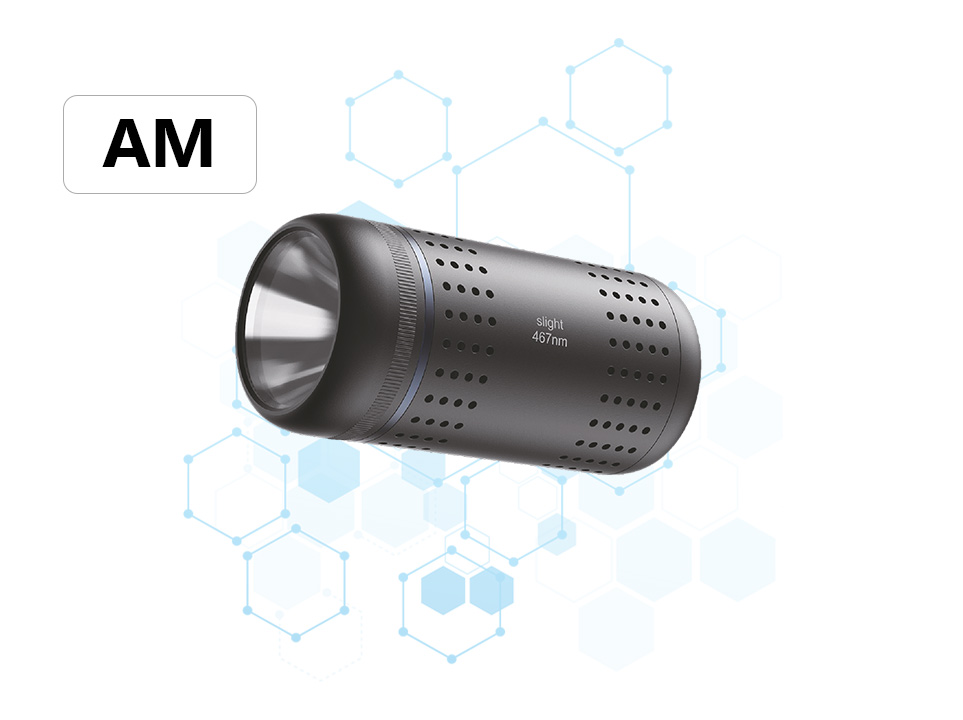Selection of stirring method for 1L kettle type photoreactor
Abstract
This paper explores the selection of stirring methods for a 1-liter kettle-type photoreactor, focusing on ensuring efficient mixing of reactants while optimizing light exposure. Various stirring techniques are evaluated based on their effectiveness, ease of implementation, and compatibility with the photoreactor's design. The aim is to identify the most suitable stirring method that enhances the performance of photochemical reactions within the reactor.
Introduction
Photoreactors are crucial devices in photochemical research, enabling the investigation of various reactions under controlled light conditions. The kettle-type photoreactor, specifically designed with a 1-liter capacity, offers a versatile platform for conducting such reactions. However, achieving efficient mixing of reactants while ensuring adequate light exposure remains a challenge. The selection of an appropriate stirring method is thus paramount in optimizing the reactor's performance.
Literature Review
Previous studies have highlighted the importance of stirring in photoreactors, emphasizing its role in promoting reactant mixing and minimizing light shading effects. For instance, the design of photoreactors often incorporates features that facilitate effective mixing, such as specific reactor shapes and stirring mechanisms (Netease, 2025). Additionally, the choice of stirring method can significantly impact the reactor's efficiency and the quality of the results obtained.
Stirring Methods Evaluation
1. Magnetic Stirring
Magnetic stirring is a common method utilized in small-scale reactors. It involves the use of a magnetic stir bar placed within the reactor and an external magnetic stirrer to create a stirring action. This method is advantageous due to its simplicity and low cost. However, in a 1-liter kettle-type photoreactor, magnetic stirring may not provide sufficient mixing, especially in the presence of high viscosity reactants or when the reactor is scaled up.
2. Mechanical Stirring
Mechanical stirring employs a stirrer shaft inserted into the reactor, often driven by an external motor. This method offers better mixing efficiency compared to magnetic stirring, particularly in larger reactors. The use of mechanical stirring in a 1-liter kettle-type photoreactor can ensure uniform mixing of reactants, thus enhancing the reaction rate. However, it may require more complex sealing arrangements to prevent leakage and maintain the reactor's integrity.
3. Gas Sparging
Gas sparging involves the injection of a gas (such as air or nitrogen) into the reactor to create turbulence and promote mixing. This method is particularly effective in systems where gas-liquid mass transfer is important. However, in a photoreactor, gas sparging may interfere with light penetration and could lead to shadowing effects. Therefore, its applicability in a 1-liter kettle-type photoreactor may be limited.
4. Impeller Stirring
Impeller stirring uses a rotating impeller to create a stirring action within the reactor. This method is commonly used in industrial-scale reactors due to its high mixing efficiency. In a 1-liter kettle-type photoreactor, an impeller stirrer can be designed to fit within the reactor's dimensions, ensuring effective mixing while minimizing light shading. The impeller's design and speed can be optimized to balance mixing efficiency and light exposure.
Selection Criteria
In selecting the most suitable stirring method for the 1-liter kettle-type photoreactor, the following criteria were considered:
Mixing Efficiency: The ability of the stirring method to ensure uniform mixing of reactants throughout the reactor.
Light Exposure: The impact of the stirring method on light penetration and distribution within the reactor.
Ease of Implementation: The complexity and cost associated with setting up and maintaining the stirring system.
Reactor Integrity: The potential for the stirring method to compromise the reactor's structural integrity or sealing arrangements.
Conclusion
Based on the evaluation of various stirring methods, impeller stirring is identified as the most suitable option for the 1-liter kettle-type photoreactor. It offers high mixing efficiency, minimal interference with light exposure, and can be easily implemented within the reactor's design. The impeller's design and operating parameters can be optimized to further enhance the reactor's performance, making it an ideal choice for conducting photochemical reactions in a controlled and efficient manner.





